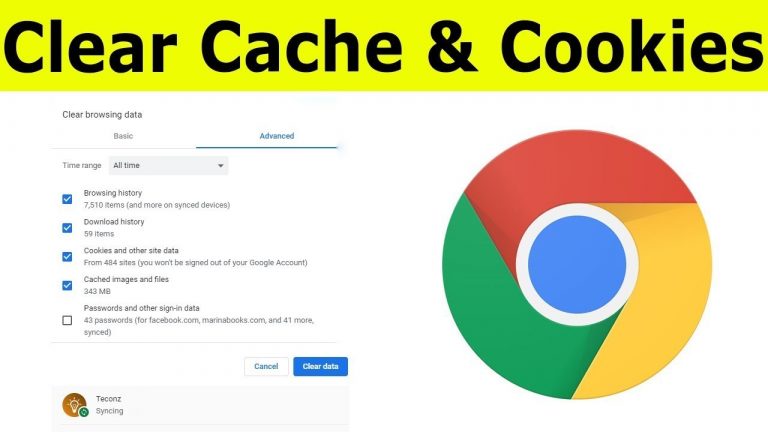

Once you are done, restart your computer and open up Chrome to see if the problem persists. From the Policies tab, ensure " Enable write caching on the device " option is unchecked.Right-click the SSD where Google Chrome is installed and click on properties. Look for Disk Drives on the list and click on the arrow next to it to expand it.Type devmgmt.msc and click OK to open the Device Manager. Press Windows key + R to open the Run utility.Simple, we break it down into neat steps for you. Disabling this feature can have a slight negative impact on your computer’s performance and speed but users have reported that this can fix the “waiting for cache” issue on Chrome. This particular feature can improve performance and speed, but it can cause memory loss. If you have an SSD, you can disable the disk writing caching feature on Windows 10. Prevent Google Chrome from writing on your SSD (Solid-state drive). Let’s break down the fixes we have in store for you. This issue is most common on Windows 10 PCs that have an SSD (Solid-state drive) rather than an HDD (Hard disk drive). The waiting for cache error you see on your laptop or computer occurs when Chrome is unable to access this information. The cache is that place where your internet browser, in this case, Google Chrome, stores certain information about your browsing activity so it can access regularly used websites quicker. Let’s start by quickly going over what cache is.

What does “Waiting for cache” actually mean? In this guide, therefore, you'll learn some quick fixes to help you fix this bug. This can even affect your computer performance overall as system resources will be used to try to connect. Whenever this happens the website freezes for a few seconds or a few minutes. When trying to load up a website they get the message “Waiting for cache” at the bottom left of the window. Check out this answer for more details.Many users, especially Windows 10 users, have reported issues with Chrome. Adding Cache-control has no influence on the caching behavior. No, this is not possible as of now (22 march 2014). PS: I have not run and tested the code so please excuse the typos. Your code will look something like this (function(details) This event is intended to allow extensions to add, modify, and delete response headers, such as incoming Set-Cookie headers. Due to redirects and authentication requests this can happen multiple times per request. OnHeadersReceived (optionally synchronous): Fires each time that an HTTP(S) response header is received. To accomplish this you can use webRequest Headers Received event. Add/Update the desired header to the headers.Check if response content type is image.Add an event listener which should be called whenever headers are received.See this Change HTTP Headers chrome extension already does it.įor your specific case, you just need to do this:

Yes you can do this by using a Chrome Extension.


 0 kommentar(er)
0 kommentar(er)
